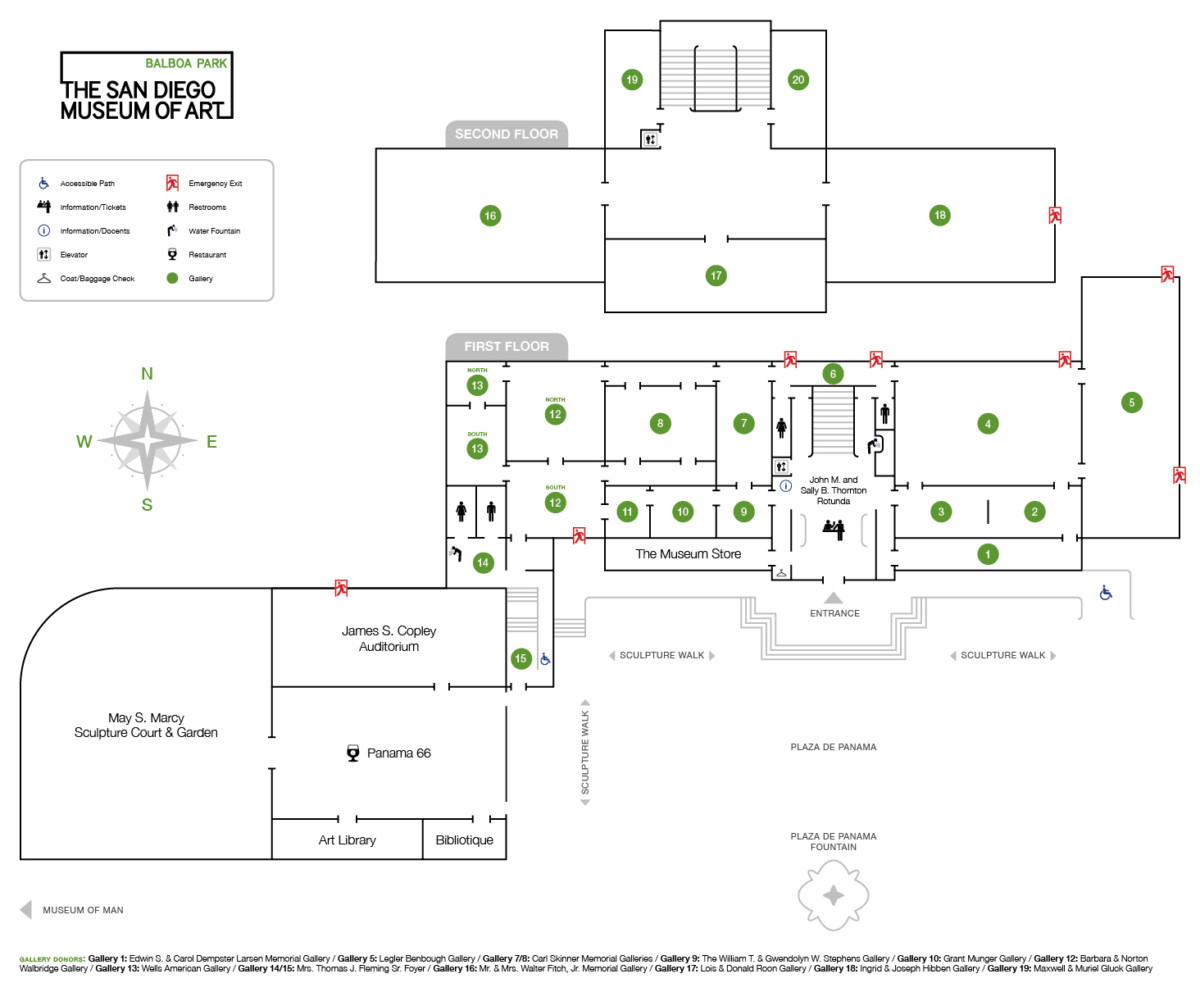French Landscapes from Corot to Monet
Reviewing the Paris Salon of 1868, the novelist and critic Émile Zola pronounced classical landscape painting dead, “murdered by life and truth.” This, for Zola, was not a lament but rather a celebration. In place of carefully composed traditional landscapes, Zola celebrated the rise of a new kind school of landscape painting. The key early figure in this development was Camille Corot. A tireless student of nature, Corot also traveled widely and prepared small-scale studies that would serve as the basis for his more ambitious ideal and religious landscapes. While Corot’s larger paintings sold well, it was the small-scale landscapes painted en plein air—that is, sketched outdoors, directly from the motif—that earned Corot the admiration of critics such as Zola.
Following the innovations of Corot and of the Realist painter Gustave Courbet, painters of the loosely structured Barbizon School working in the forest of Fontainebleau further developed the new style, appreciating nature’s lyrical rather than heroic aspects. The direct observation and free technique of these painters lies behind the Impressionism of the next generation.
Bringing together works from the Museum’s permanent collection and a group of loans from local collectors, Life and Truth will include landscape paintings by artists such as Corot, Courbet, Théodore Rousseau, Narcisse Diaz, Charles-François Daubigny, and others, thus providing a context for the Museum’s own Haystacks at Chailly by Claude Monet, an important early work itself painted during a visit to Fontainebleau.


